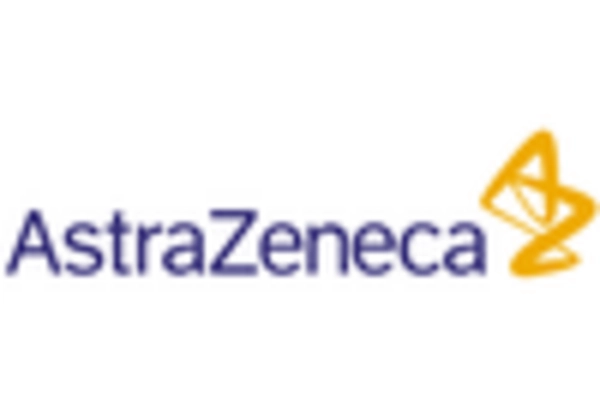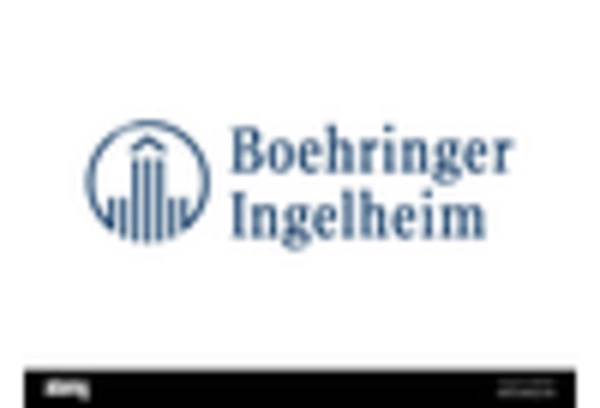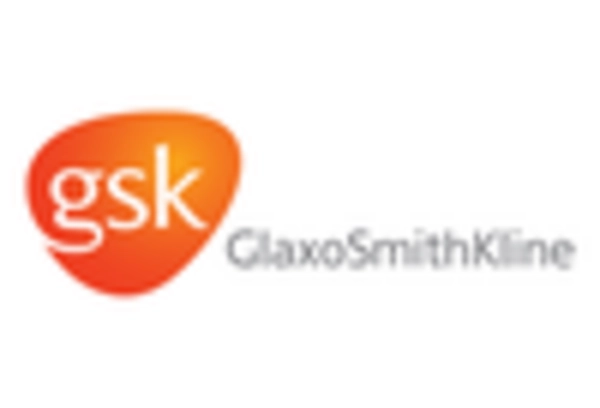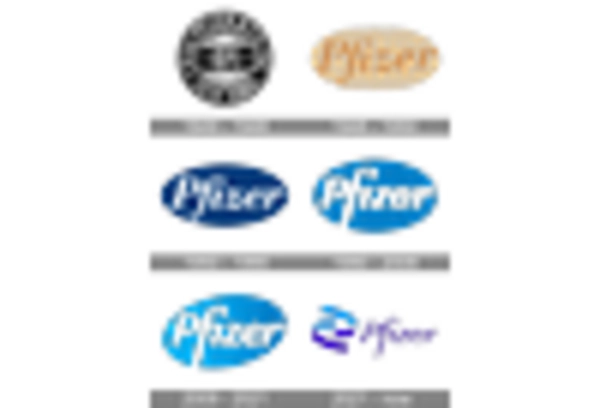Increasing Prevalence of Dyspepsia
The rising incidence of dyspepsia in Japan is a critical driver for the dyspepsia market. Recent studies indicate that approximately 20% of the Japanese population experiences dyspeptic symptoms at some point in their lives. This growing prevalence is attributed to lifestyle changes, dietary habits, and increased stress levels. As more individuals seek relief from these symptoms, the demand for effective treatments and management options is likely to surge. Consequently, pharmaceutical companies and healthcare providers are focusing on developing innovative solutions tailored to the needs of the Japanese population. This trend not only enhances patient care but also stimulates growth within the dyspepsia market, as stakeholders aim to address the increasing burden of this condition.
Aging Population and Healthcare Demand
Japan's demographic shift towards an aging population significantly impacts the dyspepsia market. With over 28% of the population aged 65 and older, the prevalence of gastrointestinal disorders, including dyspepsia, is expected to rise. Older adults often experience multiple health issues, leading to increased healthcare utilization and a greater need for effective dyspepsia management. This demographic trend compels healthcare providers to adapt their services and product offerings to cater to the unique needs of elderly patients. As a result, pharmaceutical companies are likely to invest in research and development of age-appropriate treatments, thereby driving growth in the dyspepsia market. The focus on geriatric care may also lead to the introduction of specialized therapies that address the complexities of dyspepsia in older adults.
Advancements in Pharmaceutical Research
Innovations in pharmaceutical research are playing a pivotal role in shaping the dyspepsia market. The development of new medications and treatment modalities, including proton pump inhibitors and H2-receptor antagonists, has transformed the management of dyspepsia. These advancements not only improve patient outcomes but also expand the range of options available to healthcare providers. Additionally, ongoing research into the underlying causes of dyspepsia may lead to the discovery of novel therapeutic targets, further enhancing treatment efficacy. As pharmaceutical companies continue to invest in research and development, the dyspepsia market is poised for growth, driven by the introduction of more effective and targeted therapies that address the diverse needs of patients.
Rising Awareness of Gastrointestinal Health
There is a growing awareness of gastrointestinal health among the Japanese population, which serves as a significant driver for the dyspepsia market. Educational campaigns and health initiatives have increased public knowledge about digestive disorders, leading to more individuals seeking medical advice for dyspeptic symptoms. This heightened awareness is reflected in the rising number of consultations with healthcare professionals, as patients become more proactive in managing their health. Furthermore, the Japanese government has been promoting preventive healthcare measures, which may contribute to early diagnosis and treatment of dyspepsia. As a result, the dyspepsia market is likely to experience growth as healthcare providers respond to the increasing demand for effective management strategies and patient education.
Shifts in Dietary Patterns and Lifestyle Choices
Changes in dietary patterns and lifestyle choices among the Japanese population are influencing the dyspepsia market. The increasing consumption of processed foods, coupled with a sedentary lifestyle, has been linked to a rise in gastrointestinal disorders, including dyspepsia. As individuals become more aware of the impact of their dietary habits on digestive health, there is a growing demand for dietary supplements and functional foods that promote gastrointestinal well-being. This trend presents opportunities for companies to develop products that cater to health-conscious consumers seeking to alleviate dyspeptic symptoms through dietary modifications. Consequently, the dyspepsia market is likely to expand as stakeholders respond to the evolving preferences of consumers and the need for effective dietary interventions.

















Leave a Comment